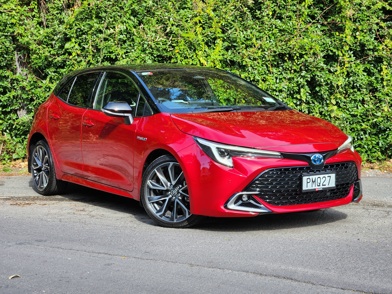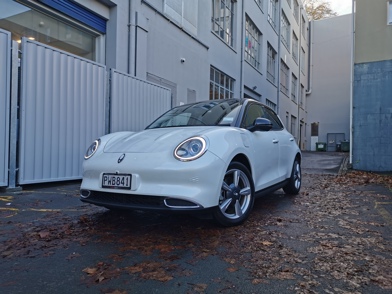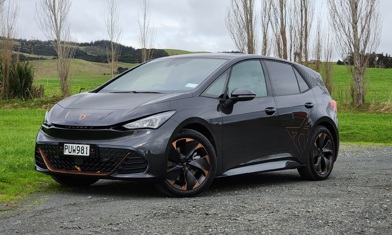This is our first drive of the car known as the BYD Seagull in China - we now know it is coming here as the Atto 1 (solving the naming dilemma mentioned in the article!), but we still don't know its final specifications or pricing.
Although whispers we have heard suggest strongly that it could indeed be strongly competitive with the ICE-powered city cars in its segment in terms of price...
What’s this new car all about then?
The BYD Seagull represents something of a dilemma for BYD in New Zealand. The idea of bringing a small, cheap (it retails in China for under NZ$20k) and genuinely engaging small EV into New Zealand would seem like a no-brainer, right?
But there is a fraught balancing act BYD NZ will have to play to do that, and it would mean that either the Seagull wouldn’t be that cheap or that it wouldn’t score a particularly impressive ANCAP safety rating.
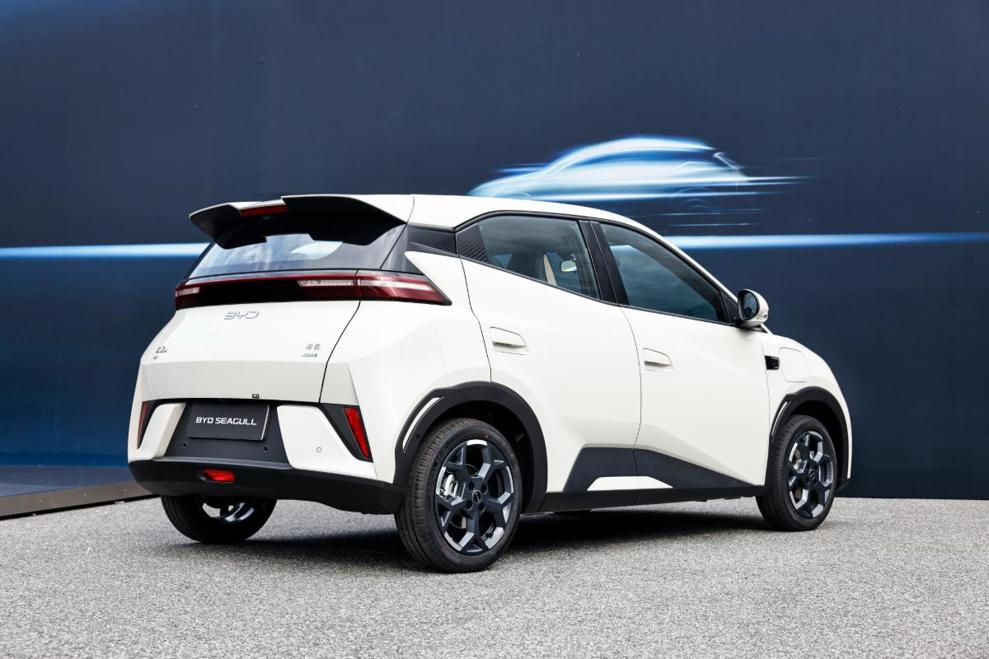
This isn’t a new thing for any car distributor - if you want safety, you have to pay for it - but it becomes a particularly delicate feat to achieve when you are trying to make the sums work on a budget car. That is why we hardly ever see tiny Japanese domestic market Kei cars here - they would cost about the same money as their larger siblings.
So it comes down to rolling the dice on whether consumers want something with a 5 star safety rating or just want a bargain. Which won’t be an easy choice.
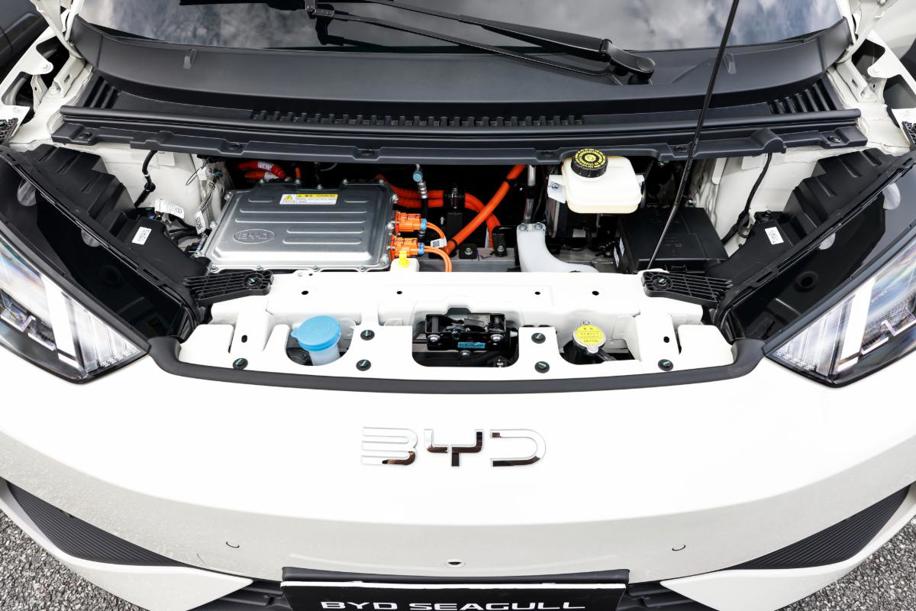
Then there is what to actually call it. In China it is part of the Ocean Series (like the Dolphin), hence the Seagull name. In Europe it is called the Dolphin Surf to align it with the slightly larger Dolphin, while in some South American markets it is the Dolphin Mini. And apparently even Atto 1 isn’t off the table for a local name.
But such things are for the distributor and the market to decide, and isn’t something a mere motoring journalist can do much about. What I can do, however, is tell you that regardless of which way BYD NZ decides to go on the subject, the Seagull is an absolutely brilliant little car.
The Seagull is, as mentioned, a small all-electric hatch that is roughly the same size as a Suzuki Swift and is powered by 55kW/135Nm electric motor mounted on the front axle and a choice of either a 30.1 or 38.9kWh LFP battery, with ranges of up to 322km and 405km respectively (tested under the Chinese CTLC cycle).
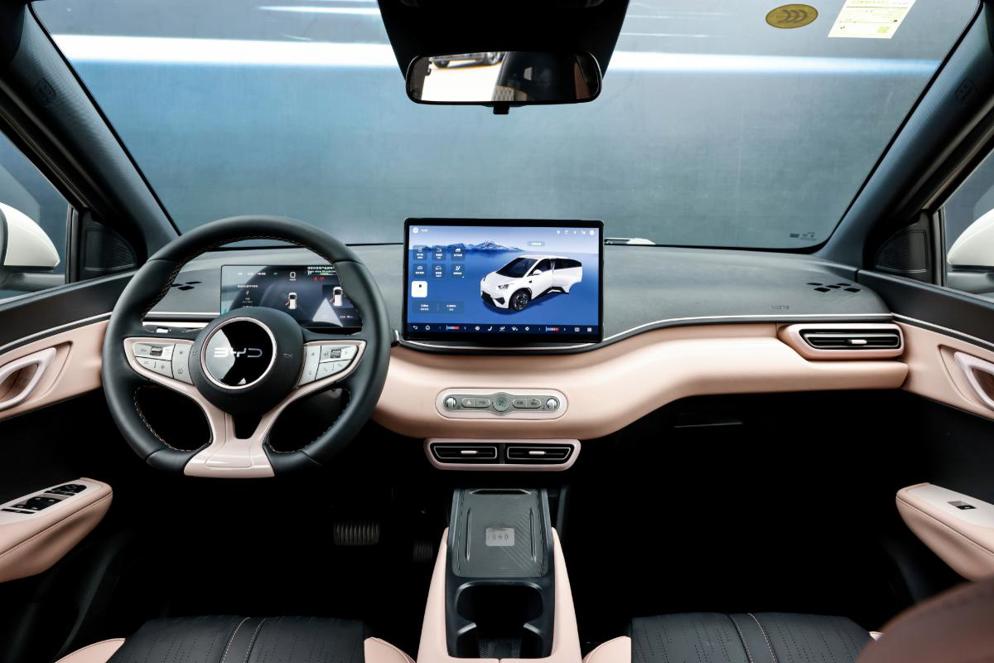
It is also sold in the European market as the Dolphin Surf, where it is considerably more expensive (it starts at NZ$42,000 in the UK), 200mm longer thanks to extra safety kit and packs either a 65kW or 116Kw electric motor, and a 43kWh battery with a range of up to 322km (tested under the considerably more realistic WLTP cycle).
How much is it?
That is where things get interesting. As you can see above, there are two quite different versions of BYD’s small car for local distributor Ateco to weigh up if they want to launch the Seagull here.
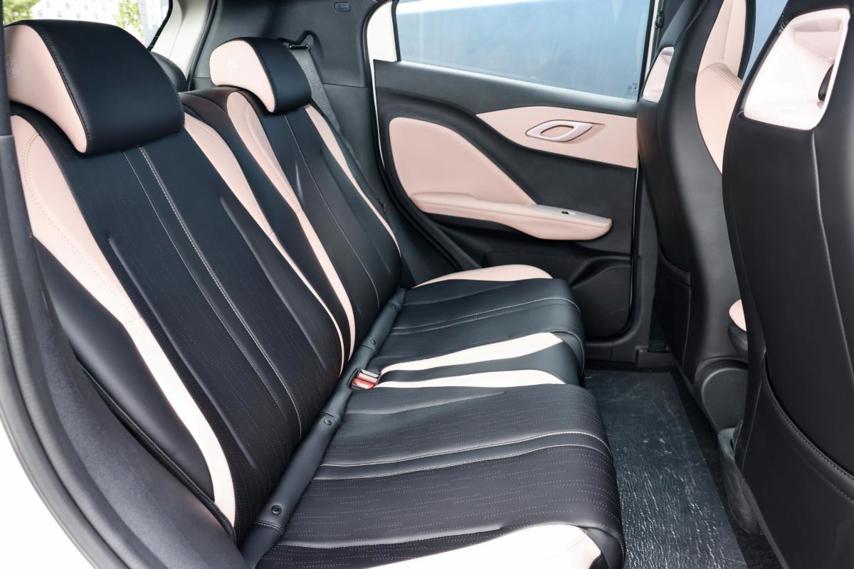
The super-cheap Chinese market version is LHD only at this stage and would likely pick up a fairly dismal ANCAP score. But to be fair, that hasn’t really hurt Suzuki Swift sales much, suggesting that a RHD version of the Seagull could be a goer here.
The Chinese domestic version of the Seagull we drove recently in China was an absolute blast.
On the other hand, the considerably more expensive European version would pack a considerably better crash test rating (it hasn’t been tested by Euro NCAP yet, but BYD says it is confident of at least four stars), as it packs more safety tech and that extra 200mm in length has gone into a redesign for the front bumper and bonnet for better impact safety.
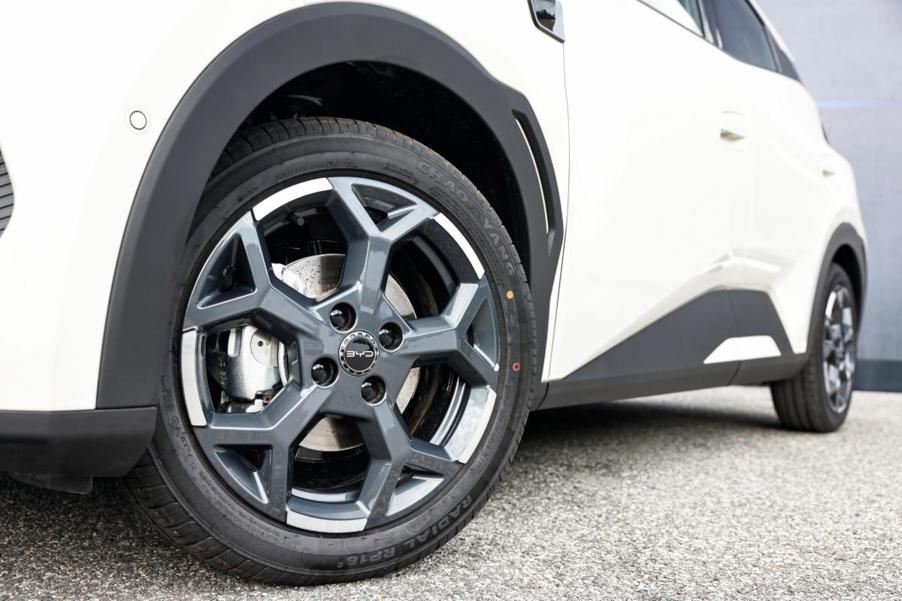
There is potentially some wiggle room for Ateco to combine aspects of both, but probably not much. A RHD version of the bare-bones Chinese domestic market version with a few safety extras to make sure it doesn’t score a dreaded zero in crash testing and still scrapes under $30K? Or a stripped back version of the European car to try and get it in for less than a Dolphin that starts at $40k?
Which would you prefer?
What’s it like to drive?

The Chinese domestic version of the Seagull we drove recently in China was an absolute blast, with responsive and predictable handling, a compliant ride and some seriously impressive interior quality for a super-budget car.
The Seagull’s suspension is relatively soft and body roll is present, but in surprisingly minimal amounts and what there is is superbly telegraphed and very well controlled.
There is a caveat here, however, as our “drive” was a traditional Chinese version of a test drive for foreign journalists, that is in a car park.

But this time it was in a rather large carpark with a delightfully twisty coned course that gave us the chance to stretch the Seagull’s dynamics somewhat.
While the first group of Aussie journos had a quite tightly controlled experience on the first day of driving (when we did an off-road course, but more on that later), our Chinese minders pretty much gave our group the green light to go hard for some reason. Not complaining there.
As a result, the Seagull’s tyres were left in a very sorry start by the end of the day, but we were all smiles, as it proved itself to be a remarkably fun small car to thrash around a carpark.
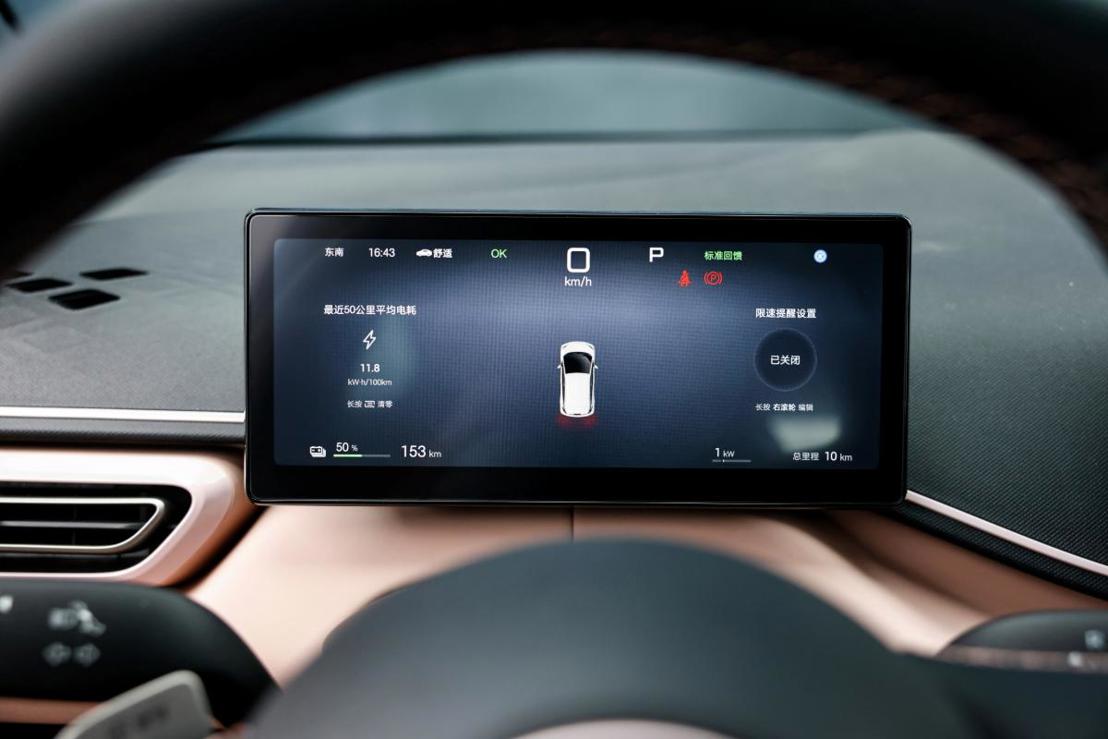
The Seagull’s suspension is relatively soft and body roll is present, but in surprisingly minimal amounts and what there is is superbly telegraphed and very well controlled, while the steering is sharp and responsive, while the nose is impressively adjustable.
The overall package is most definitely not that of a cheap, entry level budget car, even though that is the exact spec we were driving.
Also, something that no Seagull driver will ever likely experience on the road is the superbly entertaining lift-off oversteer that occurs if you drive it thoroughly irresponsibly in a carpark…
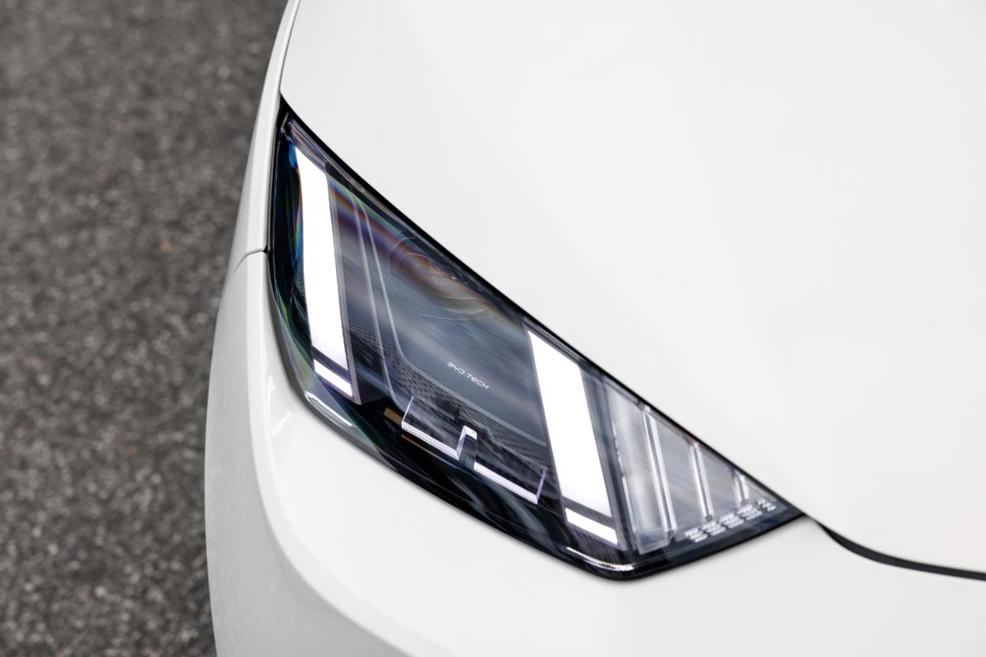
That said, we did get to try it in more real-world ways, with earlier low speed laps proving the Seagull to be a wonderfully agile and manoeuvrable small city EV that would be a delight as an urban daily driver.
The modest 55kW motor isn’t exactly a performance powerhouse (the Seagull has a zero to 100km/h time of 13 seconds and a top speed of 130km/h), but has most of its torque down nice and low, so is decently responsive at urban speeds and feels nicely lively.
The overall package is most definitely not that of a cheap, entry level budget car, even though that is the exact spec we were driving.
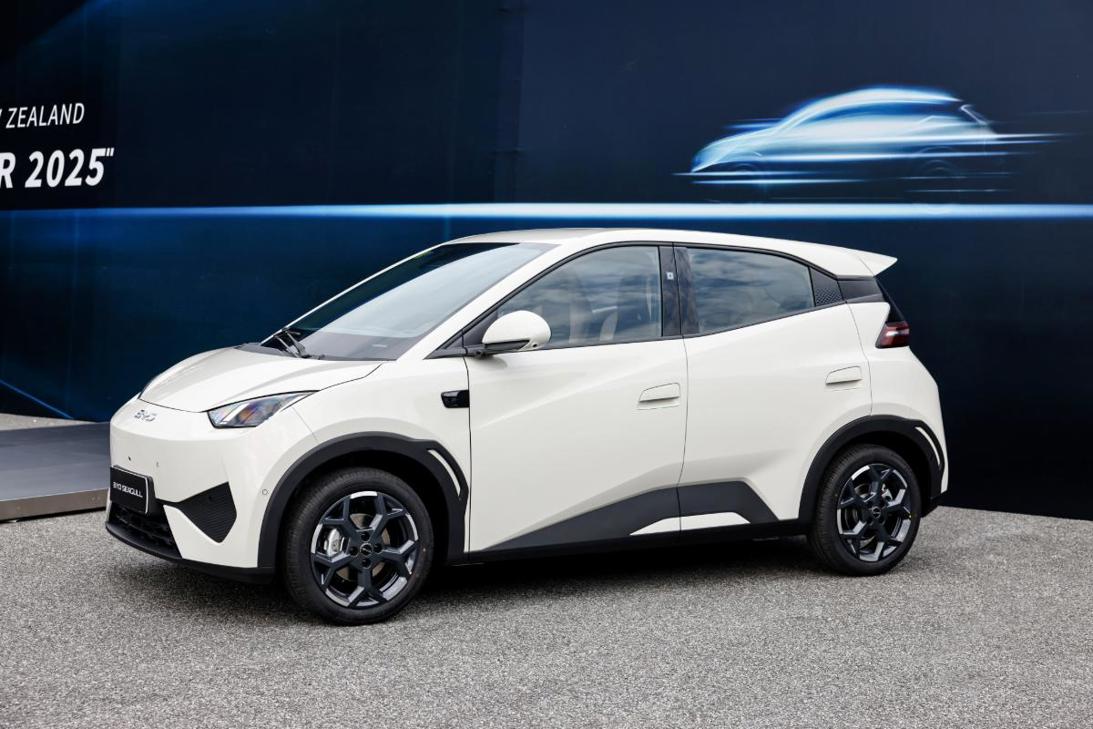
What’s the pick of the range?
As we only drove the Chinese market variant, it is impossible to say at this stage if the Euro model is better.
It is a deeply impressive package all round that we hope BYD NZ can make the sums work on so we can try it on local roads.
However, interior quality of the basic version was impressively high, with excellent quality materials used throughout. BYD’s trick rotating touchscreen was present in the small budget car, while the company recently announced that its “God’s Eye” driver assist system was being made standard in all its cars, with the Seagull getting a camera-based system.
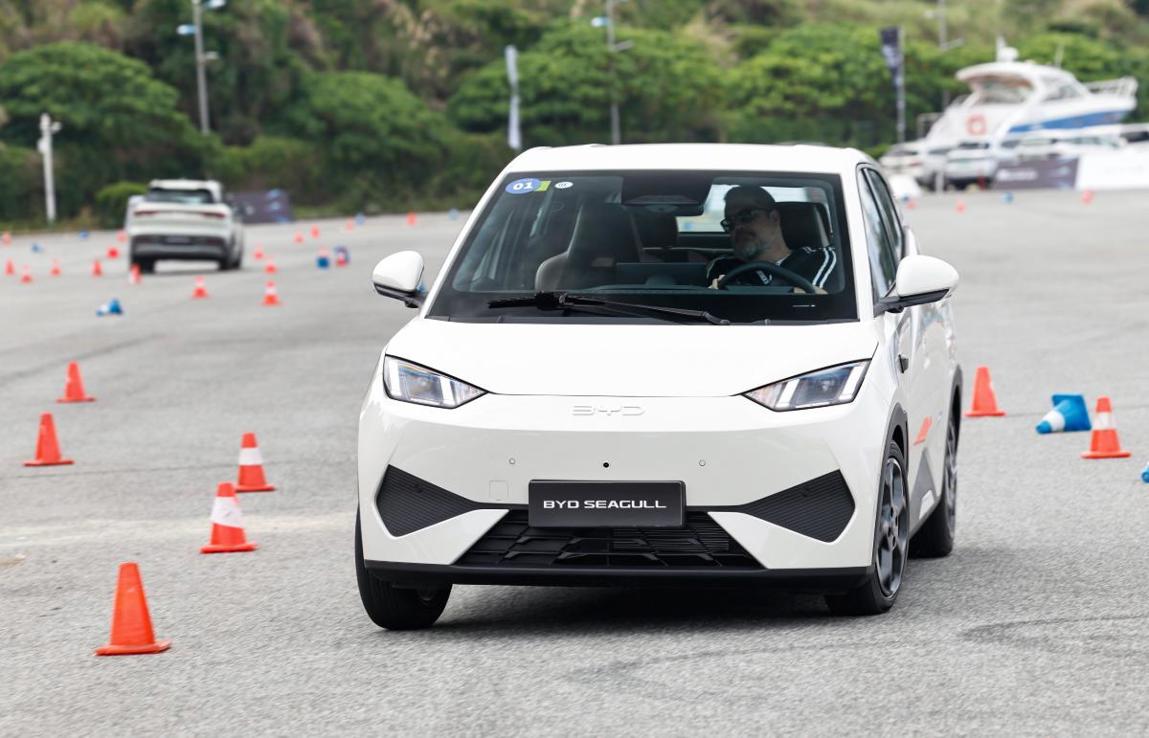
On top of that it drove well, rode well and was impressively responsive. It is a deeply impressive package all round that we hope BYD NZ can make the sums work on so we can try it on local roads.
What other cars should I consider?
That will definitely depend on pricing if the Seagull comes here. But it still has no real competitors in the city car segment, with that being dominated by ICE/hybrid vehicles like the Suzuki Swift ($24,990 to $30,500), MG3 ($25,990 to $31,990) and Toyota Yaris ($33,490 to $40,490).
If it were to come here its closest all-electric competitors would be the likes of the MG4 hatch ($39,990 to $55,990) and GWM Ora ($34,990 to $39,990) as well as its Dolphin sibling, all of which are larger than the Seagull.
While the Swift is the cheapest, its also only scores one star in ANCAP testing while the next cheapest, the MG, scores three. The rest all tick up a full five star rating. You can see what sort of choice BYD NZ has in front of it. Like I said at the start; it's quite the dilemma...














